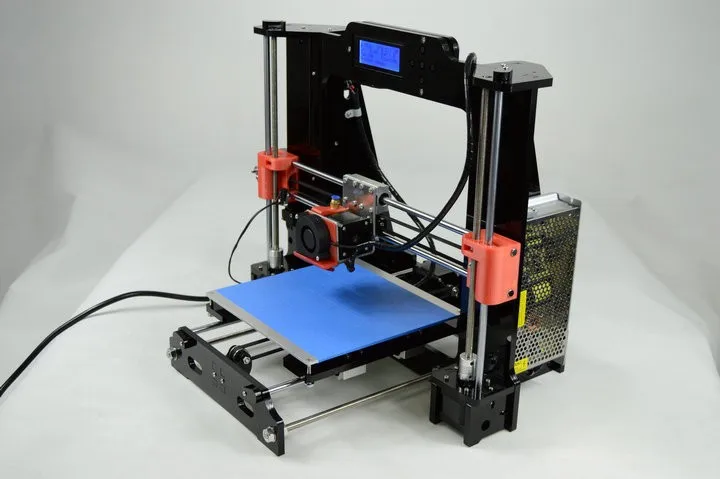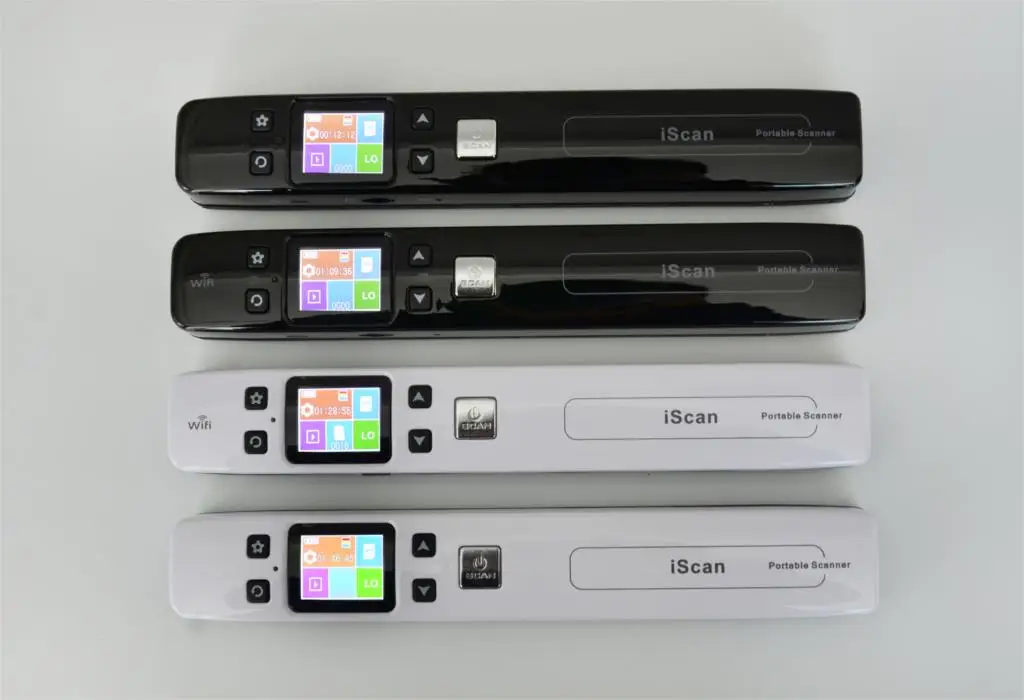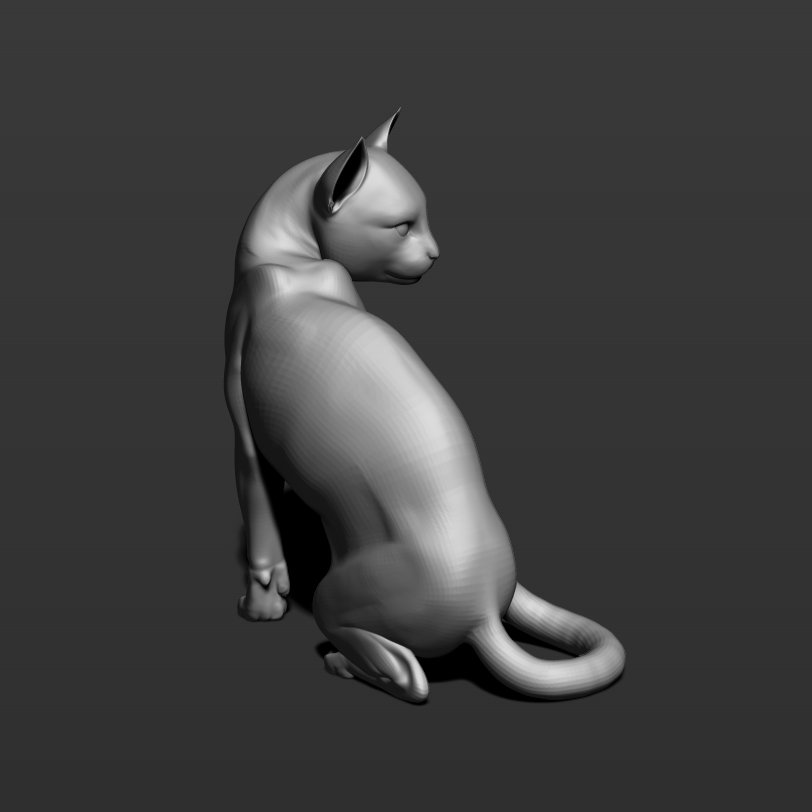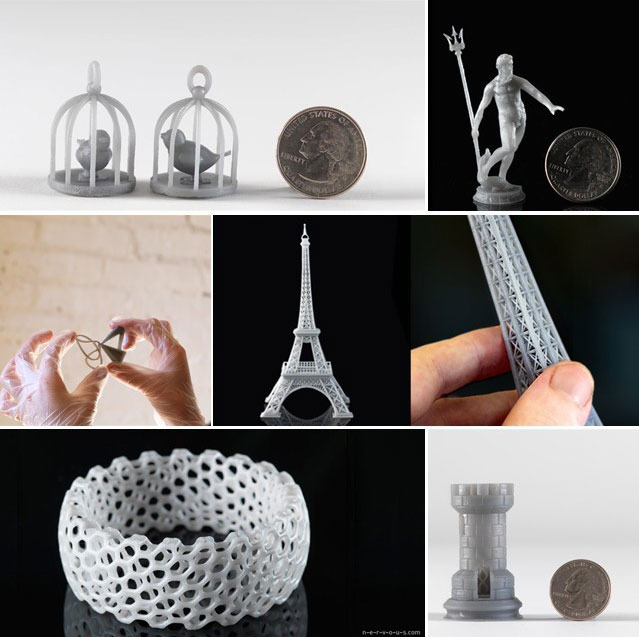How to make 3d printer filament from plastic bottles
Is There Finally a Machine That Can Turn Plastic Bottles Into 3D Printer Filament?
Log inSign up
Please ensure that JavaScript is enabled in your browser to view this page.
Petamentor2 is an open source DIY machine that can transform old PET water bottles into 3D printer filament.
A longstanding goal in the 3D printing community is plastic recycling, both for failed prints and waste plastic from water bottles and other sources. Because FFF (Fused-Filament Fabrication) 3D printers use filament made from thermoplastic, we could theoretically make use of much of the plastic that would otherwise end up in a landfill. But in reality, recycling plastic into usable filament has proven to be very difficult for a variety of reasons. Petamentor2 is a new filament machine that works with PET bottles and that shows some promise.
Like many similar machines, Petamentor2 works in a simple way. The user loads up an old water bottle made of PET (a very common plastic) and cuts a small strip to start. They then feed that through a hot end that melts the plastic strip and extrudes round filament. Once a little bit of extruded filament comes out, the user attaches that to a spool that mounts onto a motorized hub. From then on, the motor will spin and pull the filament onto the spool. The idea is that people should end up with a spool of PET filament that they can then print like any other filament.
But there are problems with this idea, as there are with every machine of this type. The most obvious is that conventional PET (Polyethylene Terephthalate) is a poor 3D printing material. PETG is common, but that “G” (for “glycol”) is very important for improving the printability of PET. That said, regular PET is printable if you’re willing to deal with the headaches it presents.
The bigger issue is consistency. Most 3D printer models do not have any kind of closed-loop feedback and do not know how much plastic they are truly extruding. They only know how much filament they push into the hot end, which they calculate by the length of the filament fed by the extruder gear.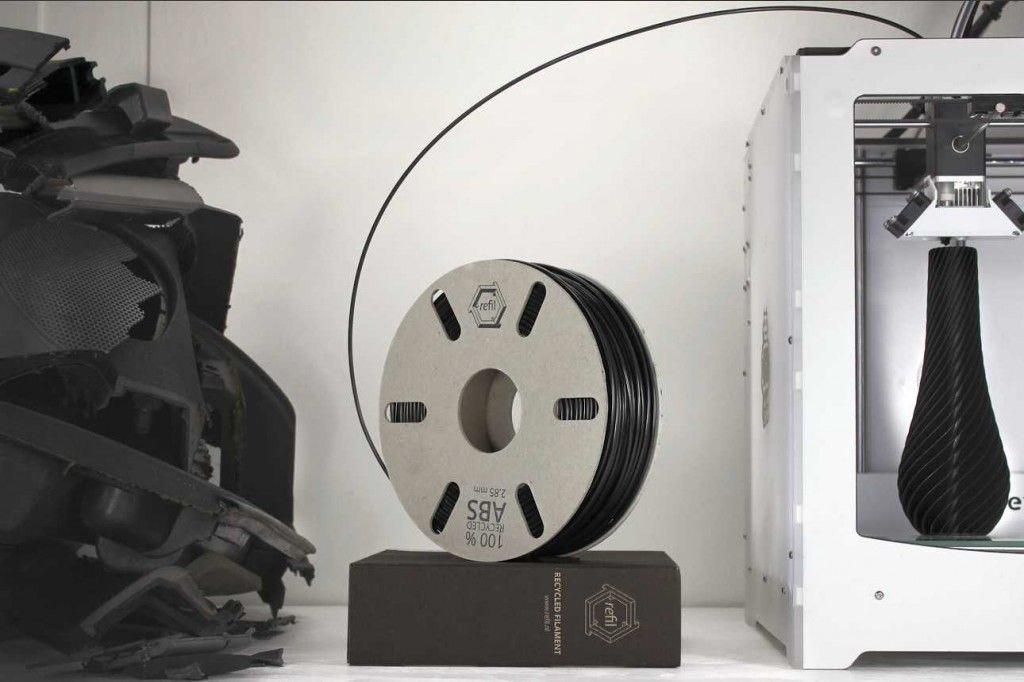 But a length of filament is a three-dimensional cylinder, which means that the calculated volume comes from the length and the diameter. If that diameter changes or the filament isn’t perfectly round, the volume calculations will be wrong and the printer will extrude more or less plastic than it intends to. That results in poor print quality.
But a length of filament is a three-dimensional cylinder, which means that the calculated volume comes from the length and the diameter. If that diameter changes or the filament isn’t perfectly round, the volume calculations will be wrong and the printer will extrude more or less plastic than it intends to. That results in poor print quality.
Reputable filament manufacturers put a lot of effort into building machines that can produce very consistent filament in order to avoid those print quality issues. When a manufacturer gets lazy and produces inconsistent filament, people notice and stop buying that brand. Unfortunately, most home filament machines lack the necessary mechanisms to ensure consistency and don’t have sensors to check the output quality.
Petamentor2 seems to get around that problem with a special adjustable blade. During extrusion, the user can move the blade to change the thickness of the strip that feeds into the hot end. That should let them fine tune the input strip until they get the perfect filament output.
Still, I’m skeptical. There isn’t anything else to ensure consistency. The extruded filament may not be perfectly cylindrical and the motorized spool could easily stretch the filament and affect diameter. The Petamentor2’s website doesn’t show example prints made with this filament, which isn’t a good sign. The Petamentor2's Facebook group does contain a few example print photos, but the quality is difficult to determine.
If you do want to take a gamble on the Petamentor2, it is an open source project and you can build your own machine. It is a low-cost build that doesn’t even require programming, thanks to the use of off-the-shelf controllers for the spool motor, blade adjustment, and hot end. If you do build a Petamentor2, be sure to let us know if it works well for you!
Cameron Coward
Writer for Hackster News. Maker, retrocomputing and 3D printing enthusiast, author of books, dog dad, motorcyclist, and nature lover.
Latest articles
Read moreRelated articles
Open-source machine Polyformer turns bottles into 3D printing filament
Ali Morris | Leave a comment
California-based industrial designer Reiten Cheng has developed a recycling machine that can be 3D printed using open-source instructions and used to turn PET bottles into filament for additive manufacturing.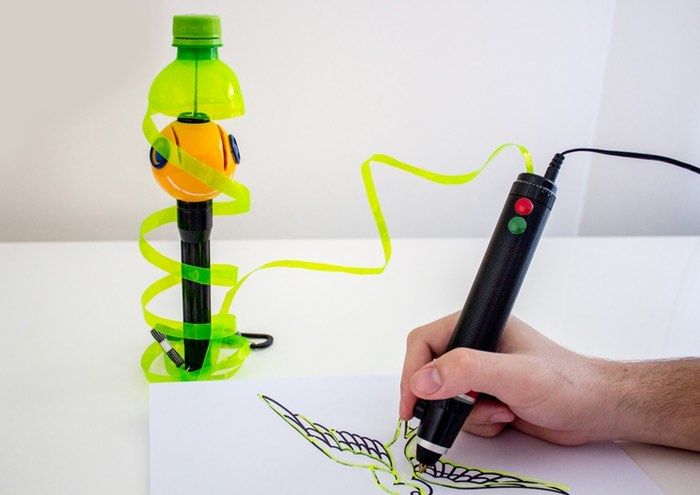
Polyformer was designed to make it cheaper and easier for independent makers to create products from repurposed waste materials instead of relying on virgin plastic.
Polyformer is an open-source recycling machineThe design is open source, meaning that a step-by-step manual detailing its construction is freely available online so that it may be used and adapted by others.
The L-shaped gadget is made from 3D-printed parts combined with a few off-the-shelf components found in traditional 3D printers.
"The entire machine was printed using recycled PET bottles, which gives a nice translucent look to it," Cheng said.
Stacked bearings are used to cut plastic bottles into continuous ribbonsPolyformer is equipped with a slicing tool with stacked bearings that can cut plastic bottles into long, continuous ribbons.
Users can feed these ribbons into a so-called hot end, which heats, melts and feeds the thermoplastic through a brass nozzle to create a filament with a diameter of 1.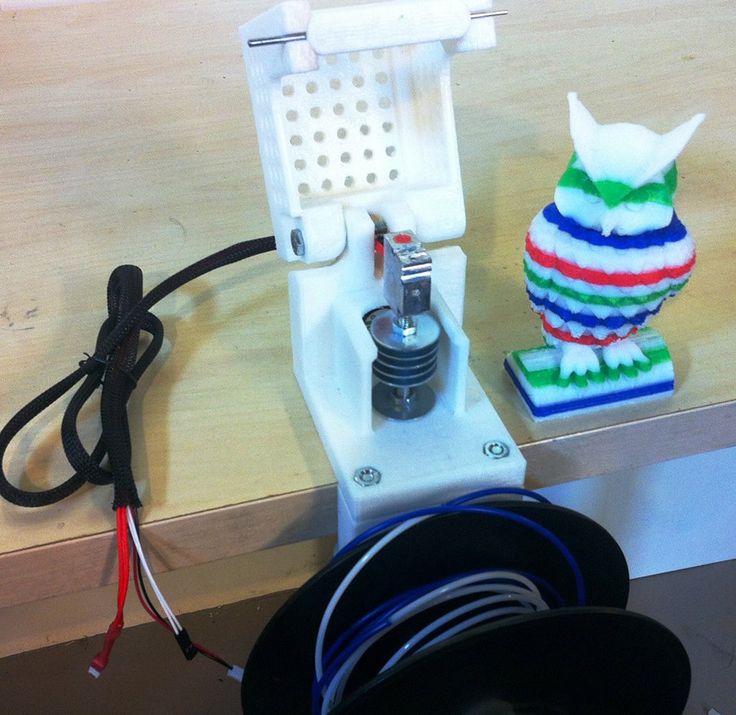 75 millimetres.
75 millimetres.
The end of this filament can then be mounted onto a motorised red spool, which will pull the rest of the ribbon through the hot end and wind up the filament as it is created. Once the spool is full, it can be taken off to be mounted and used in a 3D printer.
The thermoplastic is fed through a brass nozzlePolyformer has a modular design that allows users to easily swap out parts and modify the machine to their liking.
Since making the project public last month, Cheng said there are now around 130 people in Polyformer's community on social media platform Discord, who have machines under construction.
Some users have proposed adding grinders so that the machine can recycle different kinds of plastic waste, while others have suggested recycling cassette tapes and fabrics.
Mobile AI-powered recycling plant Trashpresso wins World Design Impact Prize
Polyformer follows on from a number of other open-source projects, such as VoronDesign's 3D-printed 3D printer and the Recreator3D pultrusion kit.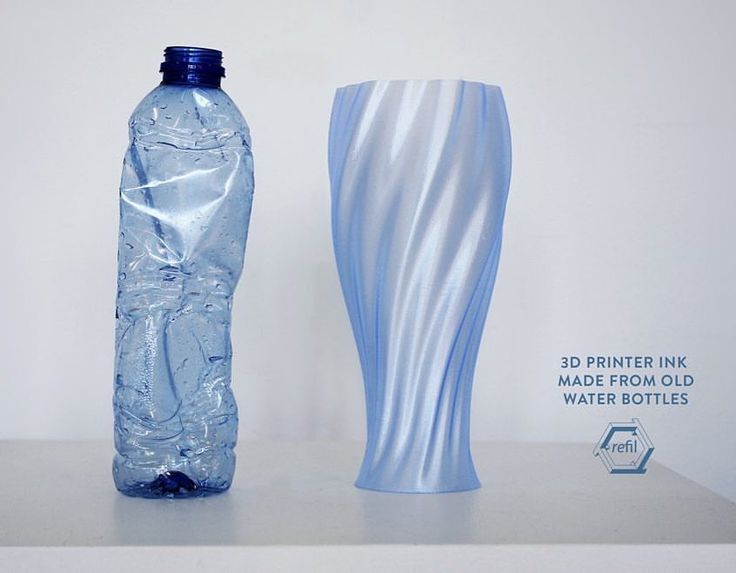
Together, Cheng says these kinds of machines could eventually help to forge a decentralised system of manufacturing and recycling.
"I am imagining a future where products can be manufactured at home or in a community centre and be recycled into things at the end of their life that can be used again to manufacture new products right on-site," Cheng told Dezeen.
"The technology might not be there yet but I believe it's not far from possible if we keep developing and implementing it as a community."
The filament is wound onto a motorised spoolLast year, a number of architects including Bjarke Ingels collaborated on an open-source project to make 3D-printed coronavirus face shields for hospital workers.
Ingels argued that the pandemic has revealed "the shortcomings of the traditional supply chain" and that decentralised local manufacturing could replace global supply chains.
The photography is by James Chou.
Subscribe to our newsletters
Your email addressDezeen Debate
Our most popular newsletter, formerly known as Dezeen Weekly.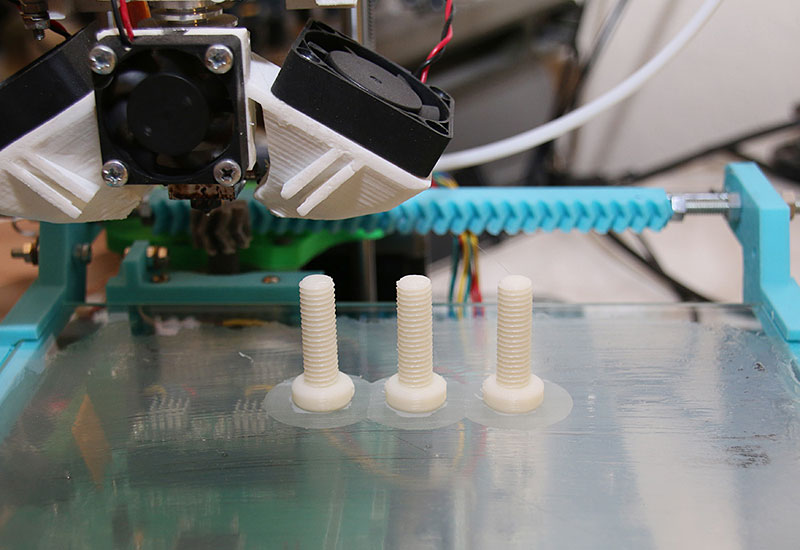 Sent every Thursday and featuring a selection of the best reader comments and most talked-about stories. Plus occasional updates on Dezeen’s services and breaking news.
Sent every Thursday and featuring a selection of the best reader comments and most talked-about stories. Plus occasional updates on Dezeen’s services and breaking news.
Sent every Tuesday and containing a selection of the most important news highlights. Plus occasional updates on Dezeen’s services and breaking news.
Dezeen DailyA daily newsletter containing the latest stories from Dezeen.
Dezeen JobsDaily updates on the latest design and architecture vacancies advertised on Dezeen Jobs. Plus occasional news.
Dezeen AwardsNews about our Dezeen Awards programme, including entry deadlines and announcements. Plus occasional updates.
Dezeen Events GuideNews from Dezeen Events Guide, a listings guide covering the leading design-related events taking place around the world. Plus occasional updates.
We will only use your email address to send you the newsletters you have requested.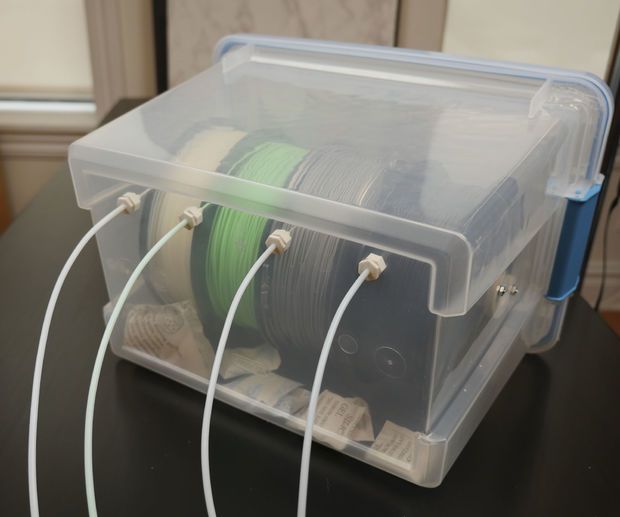 We will never give your details to anyone else without your consent. You can unsubscribe at any time by clicking on the unsubscribe link at the bottom of every email, or by emailing us at [email protected].
We will never give your details to anyone else without your consent. You can unsubscribe at any time by clicking on the unsubscribe link at the bottom of every email, or by emailing us at [email protected].
For more details, please see our privacy notice.
Thank you!
You will shortly receive a welcome email so please check your inbox.
You can unsubscribe at any time by clicking the link at the bottom of every newsletter.
More images
filament from plastic bottles, how to make
filament productionBy making filaments for printing on a 3D printer on their own, the user can save a lot of money spent on consumables. Plastic filament for printing can be made from PET bottles. Consider which bottles are suitable for this, the procedure for manufacturing a filament, as well as the advantages and disadvantages of this method.
Is it possible to make plastic for a 3D printer from PET bottles?
When making plastic filament for 3D printing, it is recommended to use the following types of PET bottles:
- Blue.
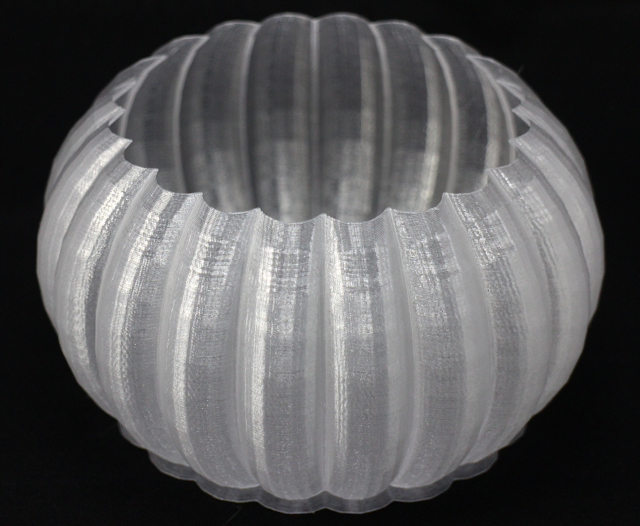 Such bottles have the hardest plastic, but when melted, it will be the most fluid of all.
Such bottles have the hardest plastic, but when melted, it will be the most fluid of all. - White and green. The plastic of these bottles is softer than that of the blue ones. In molten form, the material is thicker.
- Brown. These bottles have the softest plastic. When molten, it is highly viscous (similar to ABS filament).
How to make DIY thread and print with plastic bottles?
Preparatory work
Bottles must be unraveled into ribbons before production starts.
Soft bottles have a thinner plastic, so it is better to break them into strips of 10 mm.
Containers with medium hard or harder plastic material can be cut into thin strips, about 7 mm thick.
PET bottle 3D printer filament tools
To create a filament from PET bottles, you will need the following tools:
- utility knife or bottle cutter;
Important! When choosing a bottle cutter, you need to pay attention to the accuracy of cutting plastic.
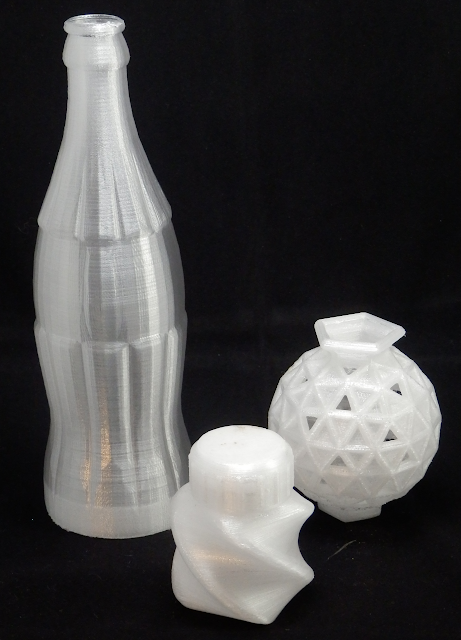 The width of different cut strips should not differ by more than 0.1 mm.
The width of different cut strips should not differ by more than 0.1 mm. - oven;
- plastic crusher;
- homemade vertical extruder - it has a metal pipe with a drill screw that rotates with a stepper motor, and a nozzle with two heaters from a 3D printer;
- rotary table;
- large basin;
- cold water.
Step-by-step instructions
The production of PET bottle filament for 3D printing is carried out in the following order:
- Cut plastic bottles must be melted in an oven at 180 °C. The melting time depends on the number of bottles.
Help. It takes approximately 40 minutes to melt 10 plastic bottles.
- After melting, the plastic must be completely cool. All excess moisture will evaporate from the material, and it will crystallize. In appearance, the polymer resembles glass.
- The cooled material must be ground in a crusher into a finer fraction.
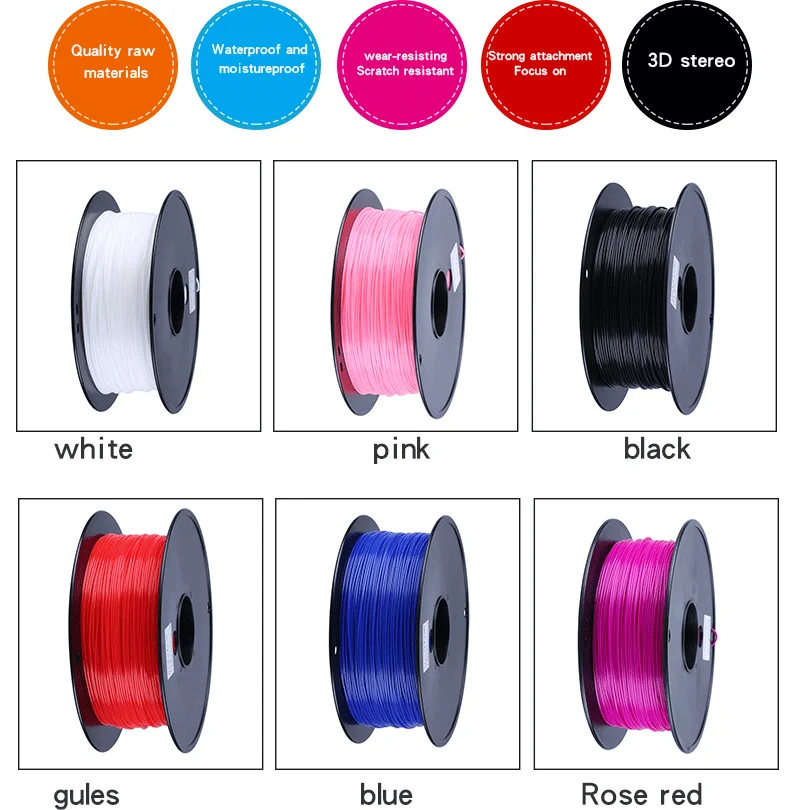
- The crushed plastic is then fed into the vertical extruder. The rotating screw moves the ground polymer to the bottom of the device to the nozzle with heaters. The plastic starts to melt.
- The molten PET plastic leaves the nozzle and enters a basin of cold water, which is located on a rotating table. The rotation of the table will prevent sticking of the material. The thread must be cooled as quickly as possible so that it becomes flexible and transparent. In this case, it can be used for 3D printing.
- Let the homemade filament dry well before printing. Since in the presence of a large amount of moisture, a thread of molten plastic will exit the extruder in the form of foam. It is recommended to dry the skeins of thread in a closed container with silica gel at a temperature of 50–60 °C. To do this, you can use the oven or simply place the container on the radiator.
When using ready-made filament for 3D printing on a printer, several nuances should be taken into account:
- Print the product on a cold table, the temperature of which does not exceed 35 ° C.
 This limitation of the temperature regime is due to the fact that the plastic must quickly cool down to a temperature below 70 ° C. Otherwise, the material may almost completely lose its strength properties.
This limitation of the temperature regime is due to the fact that the plastic must quickly cool down to a temperature below 70 ° C. Otherwise, the material may almost completely lose its strength properties. - Extruder temperature should be around 265°C. But it may differ depending on the printing speed and the type of plastic from which the filament is made.
- If the feed mechanism of the 3D printer is made of brass, then it is better to put a thin-walled rubber hose on the roller. It will not allow the PET thread to slide.
The pros and cons of using bottles to create plastic
The main advantage of recycling PET bottles for plastic 3D printing filaments is that you can save on the purchase of industrial filaments and recycle unnecessary packaging, which, when taken to landfills, greatly pollutes the environment .
Disadvantages of using homemade filament:
- you can print products only at a low speed, as the thread breaks when it is increased;
- requires a crusher to grind the material and a separate extruder to transport the plastic;
- It is not possible to print large items because the thread length is limited.

Making your own 3D printing filament is a great way to save on consumables and recycle unwanted PET bottles. Homemade filaments are close in properties to purchased ones. Therefore, they can be used to print small products of excellent quality.
- March 14, 2021
- 10775
Get expert advice
How to make plastic (filament) for a 3D printer from a PET bottle with your own hands
Those who are interested in 3D printing are sometimes simply shocked by their costs for a plastic thread for printing (filament). Although it is not very expensive, it is consumed in large volumes, therefore, the amounts for her ass are considerable. In order not to spend money, filament can be made free of charge from ordinary plastic PET bottles.
Equipment required:
- Bottle cutter;
- tire pump;
- heater 200-225 degrees Celsius with outlet nozzle 1.
 75 mm;
75 mm; - broaching and winding mechanism.
Process for making filament from PET bottles
PET bottles are used as the raw material for making filament. Ideally, they should be in color. They need to be leveled before use. For this, the usual bottle cap is being finalized. It is necessary to embed a valve from the car chamber into it. With its help, the bottle is pumped with air by a conventional pump to raise the pressure inside (more details here - https://sdelaysam-svoimirukami.ru/6732-kak-vyprjamljat-ljubye-figurnye-pjet-butylki.html).
Next, the valve is clamped in the screwdriver's chuck. It is necessary to rotate the inflated bottle over a lit gas burner. It will warm up, soften and even out due to internal pressure.
A straight bottle is cut into strips with a bottle cutter. It will turn out to be more homogeneous than if it were dissolved without preparation. If the walls of the bottle are thick, then the width of the tape should be 5-6 mm. From a thin bottle, from mineral water, it is better to cut 7-8 mm wide.
From a thin bottle, from mineral water, it is better to cut 7-8 mm wide.
The edge of the tape is cut at an angle, after which it is launched into the nozzle of a heated heater. To work with PET tape, its temperature should be +200-225 degrees Celsius. The diameter of the outlet of the nozzle is 1.75 mm, while the inlet is countersunk to make it easier for a wide tape to enter and change shape.
The edge of the filament drawn through the hot nozzle must be tied off and connected to the broaching and winding mechanism. That is a stepper motor with gearboxes and a coil. Details for it can be printed on the printer. The winding speed is adjustable so that the tape has enough time to heat up and change shape.
To make the rod long, the tapes can be glued together before production by heating the tips to +270-280 degrees Celsius. The resulting filament prints perfectly when the temperature is set to +250-260 degrees Celsius.
All equipment needed for production can be made by hand.





